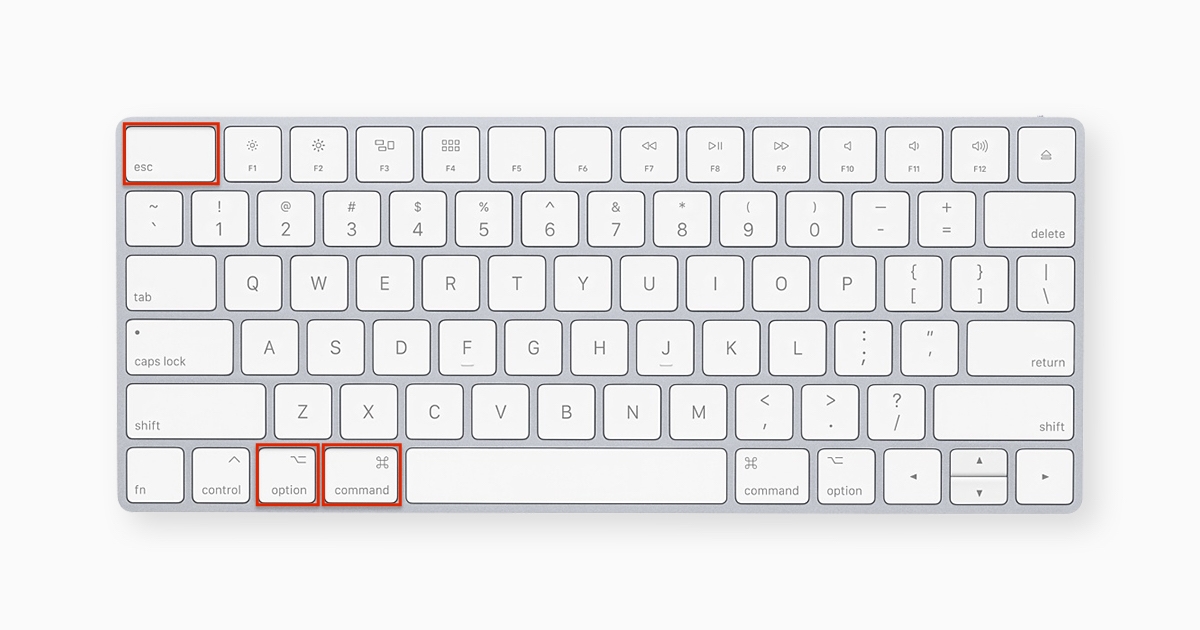This is an app for OS X that can (re)sign apps and bundle them into ipa files that are ready to be installed on an iOS device.
- Creating Apps For Dummies
- Resign An Mac Os X App Store Download
- Companies That Make Apps
- Mac Os X El Capitan
Mar 16, 2017 Force Quit a Mac App from the Dock. When an app freezes up, just look for its icon in the Dock first. Once you have found it, right-click on it then select Force Quit. In a few seconds, the app. Jun 04, 2016 Here's what it looks like with the Mac Automator on Mac OS X 10.5: 3) Find the 'Quit All Applications' action. Next, on the left side of the Mac Automator, search for the Automator Quit All Applications action. In my case I found it by searching for the word 'quit', as seen here: 4) Add the Quit All Applications action to your workflow. Keep the app open and selected, that you want to force quit on Mac OS X. Now press and hold Shift key from your keyboard and click on the Apple logo in the top left corner. Now click the option labled as “Force Quit ” to force quit the application immediately. Download the Mac troubleshooting app, CleanMyMac X, launch it, find the Maintenance tab and run the scripts (see details at the end of the article). What happens when an app crashes: under the hood Now let's go deeper into the nature of crashed apps, but first, let’s identify the difference between a crashed macOS app and a frozen one.
Supported input types are: ipa, deb, app, xcarchive
Video

How to install Kodi on an Apple TV 4 with working top shelf
Prerequisites
To sign the application, you’re going to need Mac OS X 10.9 or newer and Xcode 7 or newer.
Creating Apps For Dummies

In order to install the signed application to your device you’re going to need a cable.
For the Apple TV 4, you’ll need either a USB-A to USB-C cable or a USB-C to USB-C cable.
For iOS devices, you’ll need your standard sync cable.
Usage
If you have a paid developer account or a signing certificate and provisioning profile, you can skip to step 7 and just use your signing certificate and the profile.
Open Xcode and create a new iOS or tvOS application depending on your device type
Type in a name and identifier (choose something unique, something like com.yourname.kodi)
Xcode will complain about the provisioning profile, click fix issue
Xcode may have you sign into an Apple ID, click Add…
Then you’ll see something like this, select your ID and click Choose
If you have additional devices
- Plug in the device
- Go to the Product Menu
- Under Destination, select your device
- Repeat from step 3
Xcode should no longer be complaining
Open App Signer, select the deb, your signing certificate, and the provisioning profile
Click start and select an output filename
To install the app onto your device go back into Xcode, select the Window menu and then click devices
Then click the + and select the file generated by iOS App Signer
Thanks To
maciekish / iReSign: The basic process was gleaned from the source code of this project.
To quit (close) a Mac app normally, choose Quit from the app's menu in the menu bar, or press Command (⌘)-Q. If the app doesn't quit, follow these steps to force the app to quit.
How to force an app to quit
Press these three keys together: Option, Command, and Esc (Escape). Or choose Force Quit from the Apple menu in the upper-left corner of your screen. (This is similar to pressing Control-Alt-Delete on a PC.)
Resign An Mac Os X App Store Download
Then select the app in the Force Quit window and click Force Quit.
Companies That Make Apps
You can even force the Finder to quit, if it stops responding: Select Finder in the Force Quit window, then click Relaunch.
Learn more
Mac Os X El Capitan
How to force an app to close on your iPhone, iPad, or iPod touch.